It's easy to collect and save wildflower seeds for sowing.
At the end of summer, wildflowers begin to fade, ready for their seeds to be blown on the wind or spread by animals and continue the cycle of growing.
Whether you’re in your own garden or out in the countryside, follow these tips to safely harvest, dry and store seeds to sow or share.
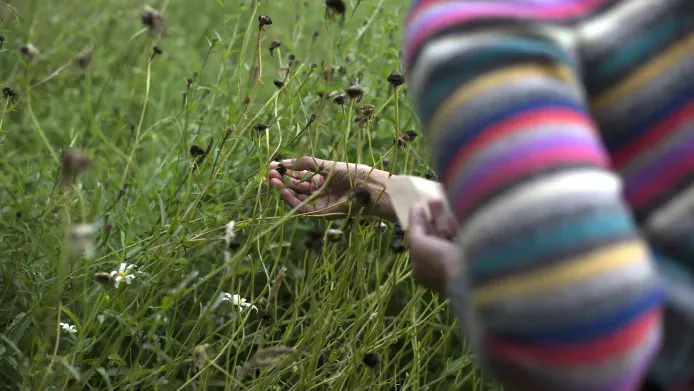
Be careful
It’s ok to gather seeds from flowers from meadows or hedges in the wild, as long as you do so in moderation, and only for your own use (not to sell)!
However, it is against the law to remove or uproot the whole plant. You should also be especially careful in areas like nature reserves or Sites of Special Scientific Interest – plants here may be endangered or have different protections.
Step 1: Identify your flowers
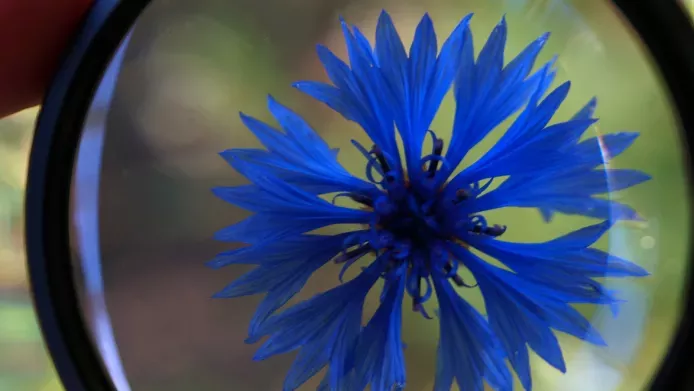
Before you gather seeds, it’s a good idea to know which flowers you’re harvesting from. This way, when you sow the gathered seeds you’ll know what to look out for when they grow. Or, if you’re going to be sharing your seeds with a friend, relative or neighbour, you can tell them what’s in the mix.
Use our resources to help identify your wildflowers.
Step 2: Time it right
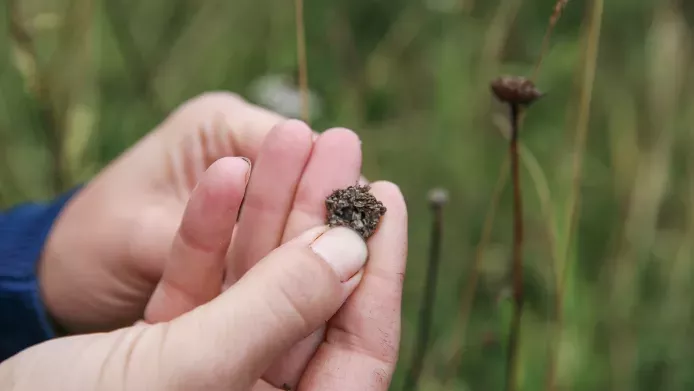
How can you tell if a flower is ready to drop its seeds?
Feel the flower head carefully with your hand. If the seeds easily fall away, this means they’re ready. Some flowers, like poppies, store their seeds inside a pod – you’ll be able to hear the seeds rattling loosely inside when they’re ready.
Step 3: Harvest the seeds
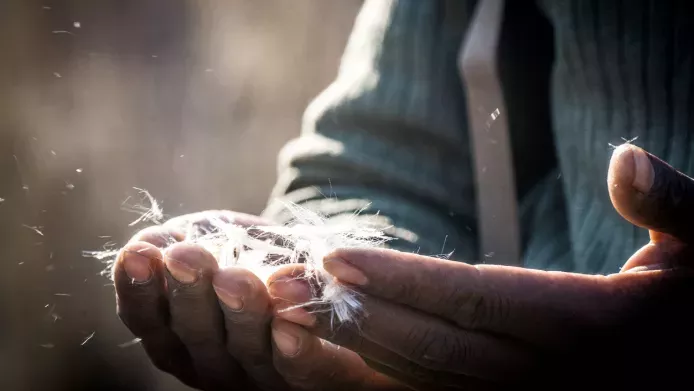
You can sometimes pick or strip individual seeds from the flower head with your hand, but the easiest way to harvest your seeds is often to just cut off the whole flower head. Cut off the flower head very carefully with scissors or secateurs. Adults help children with this part!
If you want your wildflower space to reseed naturally, don’t take all the flower heads! Harvest about one head in five to ensure there are enough seeds left to reseed the area.
Step 4: Dry the seeds

Spread the flower heads out on newspaper and leave in a cool, dry, airy place to allow the seeds to fully dry. You’ll know the flower heads are ready when they feel dry and crumbly to the touch.
Don’t put your seeds in an airing cupboard to dry! This will be far too warm and will damage the seeds.
When the seeds and flower heads are all dried out, you can release the seeds by gently crushing the flower heads. Gently shaking the crushed material in a jar or other container should cause the seeds to fall to the bottom, allowing you to remove any small pieces of dried-up plant or flower from the top.
But don’t worry about getting the seeds completely clean! This would be a fiddly process and isn’t necessary. The seeds will grow just as well with other pieces of organic matter mixed in.
Step 5: Store the seeds
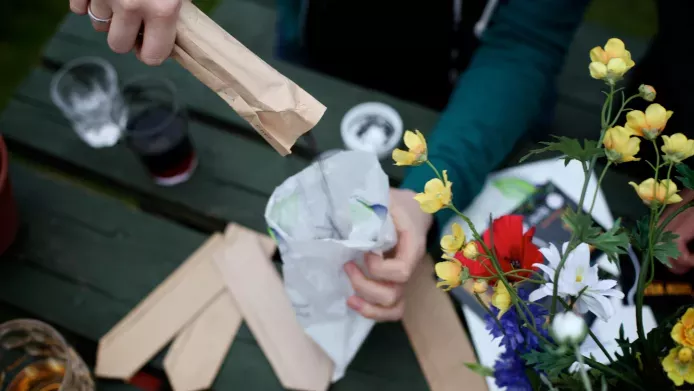
You can sow seeds in autumn, but you can also store them for sowing later.
Place your seeds in a cotton bag or a simple paper envelope. Never store your seeds in plastic because this can cause condensation to form which will make the seeds damp and mouldy.
Store your seeds in a cool, dry place – the fridge is good, but be very careful the seeds don’t get mistaken for food!
Keep your seeds like this and they should last for one year. But the sooner you can sow your seeds, the better!
Safety first
Always wash your hands after handling plants and seeds. Never package your seeds in a container that might make people think the seeds are edible.
Watch our video
For a guided walk-through of how to save seeds, check out our YouTube video.